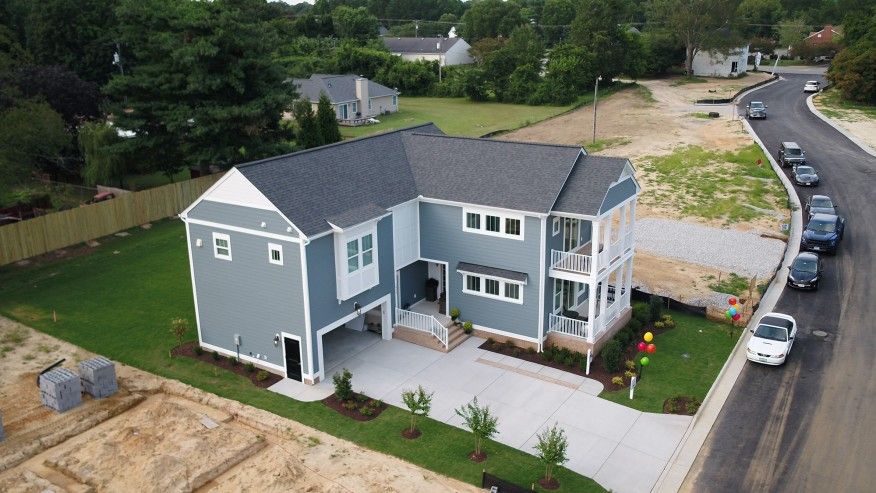Original article by: BUILDER Online
Differentiate your homes with whole-home wellness, comfort, and affordability.
Inviting the region’s top dignitaries, Department of Energy executives and Realtors to tour the grand opening of a model home on the year’s hottest day may not be the smartest idea. What chance does the builder have of wowing influential market makers when the walk-through is a steam bath?
Plenty, actually. Because this house interior stayed within two degrees of the 70-degree set point in spite of constantly opening doors. Just as important, the dignitaries and guests experienced a level of whole-home air quality that might be expected from a home many times this one’s upper $300s price point.
This was all thanks to a single 2-ton variable speed zoned HVAC system. No 3-ton. No need to over-spec tonnage to keep owners happy on extreme temperature days. “I can spec a multi-stage, two-ton HVAC system for layouts up to 3,000 square feet. I have an independent Manual J calculation that proves it,” explains Jay Epstein, the award-winning home builder behind Walnut Farm, Virginia’s first zero energy-ready home community.
Welcome to building science in action. Sophisticated mechanical strategies once reserved for commercial construction now offer profit-minded homebuilders like Epstein a powerful selling edge.

Exciting Times
For years, evolving code and building practice have resulted in ever-tighter homes, says David Maruna, an executive at Ingersoll Rand, parent company to Trane, a historic HVAC product manufacturer. Unfortunately, best practice for designing HVAC solutions hasn’t kept up with exterior envelope construction. That lack of coordination often results in a needlessly costly, let’s-overspec-just-to-be-on-the-safe-side HVAC system which can lead to pre-mature failures, as well as comfort issues, which result in costly call-backs for builders.
“You expect to see advanced mechanicals and design features in high-end luxury homes. Today we’re seeing it in sub-$400,000 homes. This is definitely a tipping point for the high performance housing industry,” Maruna, a former U.S. Navy SEAL, explains.
Why Not Net-Zero Ready?
The hitch: Just how do you bring those proven ideas to work for affordable home builders? A growing circle of home builders have found a way, says Maruna. “Home builders in Minneapolis, Austin, Texas, Williamsburg, Va. and other regions now engage experts in manual J load calculations and the coordination of products, manufacturers, and installers. Who says a home builder can’t offer healthy, net-zero ready homes at popular prices?”

Maruna says his company will soon offer home builders a consultative service called Tranquility by Trane. Tranquility presents builders with scaled whole-home approach to build a healthier, high-performance home affordably. The service will include load calculations, coordinating with other building envelope manufacturers, and facilitating relationships with installers, testers and raters without the price tag expected in a consultative relationship.
“Tranquility is an opportunity for local, regional, and national home builders to leapfrog competitors with a unique whole-house solution that delivers a healthier, high-performing home,” Maruna says.
How high performance? Home builder Epstein promises energy bills that average just $1.50 a day.
To learn how Tranquility by Trane helps differentiate your brand with whole-home comfort, wellness, and affordability, visit trane.com/builders.

